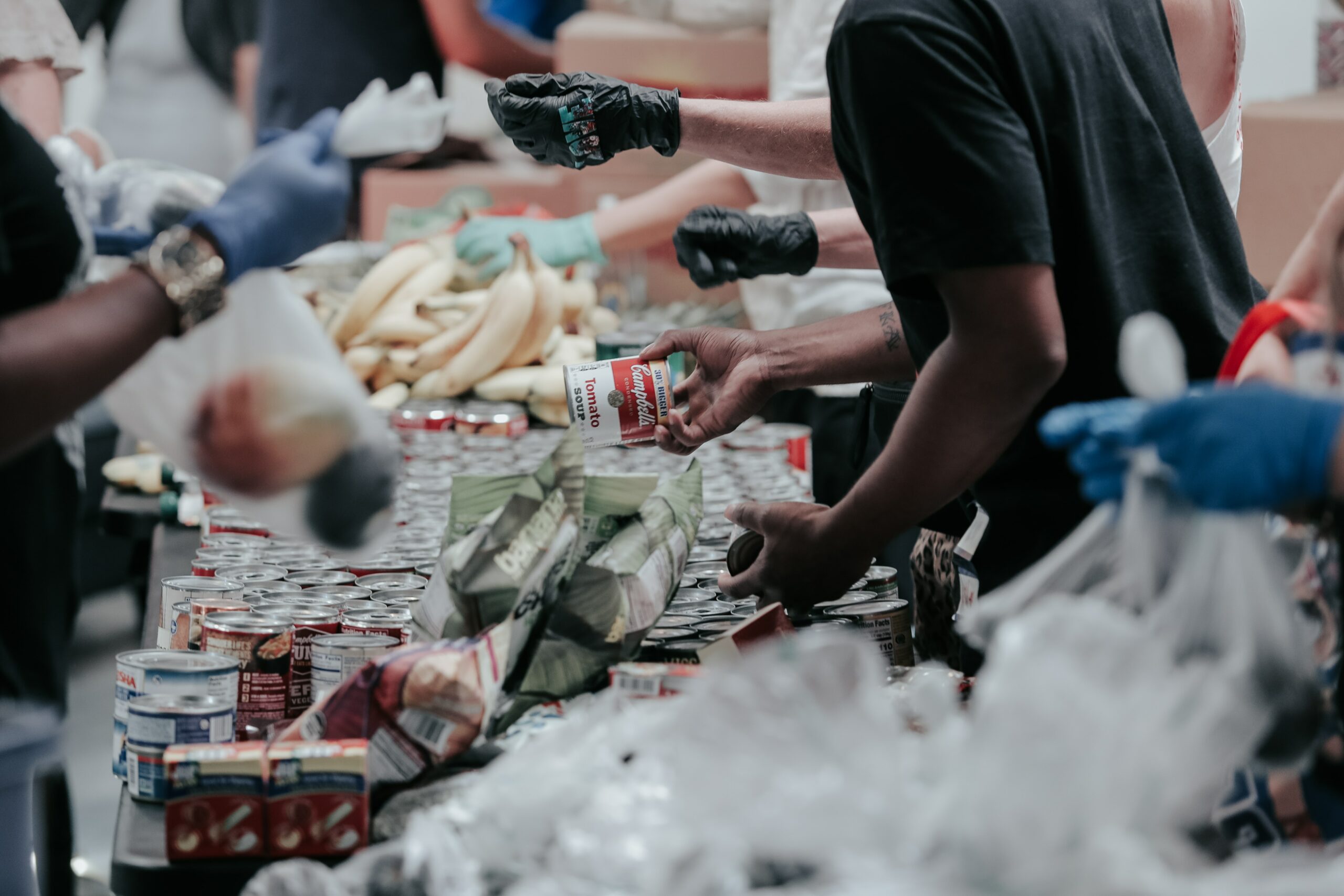18.4% of UK households experienced food insecurity in November 2022.
What are supermarkets doing to help their shoppers through the cost-of-living crisis? And is it possible to keep products competitive in the current climate?
People in the UK are increasingly being pushed into food poverty.
As prices across the board continue to climb, consumers have been looking for ways to cut costs. But food inflation is higher than it’s ever been. Resultantly, it’s getting harder and harder for people to avoid paying through the nose for the products in their weekly shop.
Food poverty: the reality
Between April and September 2022, the Trussell Trust saw a 40% rise in people having to access their services.
In September alone, according to research by The Food Foundation, nearly one in four households with children experienced food insecurity. So too did 9.7 million adults.
With record numbers of people having to turn to food banks through the cost-of-living crisis, it’s sadly not all that surprising that the food poverty rate in the UK is one of the highest in Europe. And, unfortunately, it’s expected to get worse before it gets better.
While there are several factors to blame for the current situation, the cost-of-living crisis has exacerbated existing issues.
Thankfully, against the backdrop of rapidly rising food prices, supermarkets are stepping in to help their struggling shoppers…
How supermarkets are supporting struggling consumers
One supermarket that made a big stir with its approach was Tesco. Towards the end of November, the grocery retailer opened their very first Give Back Express pop-up shop for a weekend.
A sort of “reverse supermarket”, visitors were encouraged to buy and then donate products, such as tinned food and tea.
Held in partnership with FareShare and the Trussell Trust, the initiative also included stations where people could listen to food bank users speak about their experiences. So, not only did the initiative help to raise food donations, but it also raised awareness of the ongoing food poverty crisis many in the UK face.
Tesco continue to work in partnership with food banks – as do other supermarkets including Asda, Sainsbury’s, and Co-Op.
Other initiatives include expanded own-label lines, which has led to sell-outs in stores due to increased demand. Price locks have also been put to good use. Asda, for example, has frozen the prices of more than 400 lines for the rest of the year.
Meanwhile, Iceland has introduced their Food Club Card. Customers can apply to add up to £75 to their cards, and then repay the card over several weeks. Giving shoppers the option to “spread the cost of the holidays,” it’s sure to help many Brits have a Christmas that’s closer to what they’re used to.
Keeping competitive through the cost-of-living crisis
At a time when consumer spend is dictated by value for money, keeping your products competitive becomes more difficult.
But, it’s also more important than ever, as the cost-of-living crisis squeezes profit margins. As such, a strong understanding of changing consumer behaviours and the ability to maintain product sales is essential for FMCG brands right now.
We’ve noticed a rise in requests for Marketing, Insight, National Account Management and Supply Chain talent with specialised grocery/FMCG experience.
Contact us today for talent that can strengthen your brand’s positioning…
Call us: 0333 772 7200





